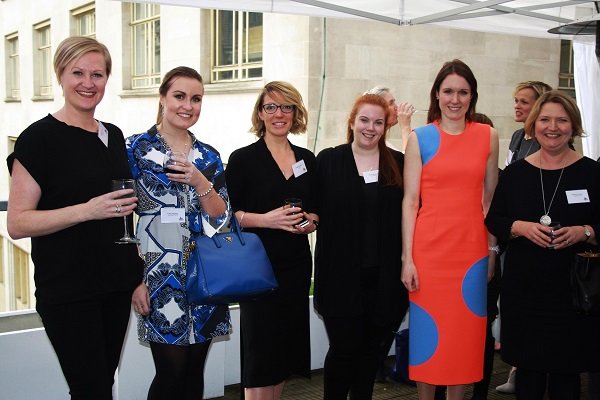Are men and women treated differently in the workplace? It seems like a simple question, but it is anything but. At an anecdotal level there are many layers of complexity and contradiction. Niamh Corbett, a panellist at a recent Omniwomen event we held on the issue, had asked her male colleague this question, to which he replied ’no, I mean yes, I mean no, oh dear what do I think?!’ Our own research showed similar findings. While people felt that gender equality was an important issue, 66% had never felt that people in their workplace treated them differently because of their gender and 77% felt that their workplace was already equal or would be in the next 10 years – an optimistic outlook, but is it an accurate one?
When it is challenging to see trends at an individual level, statistics can offer much needed clarity and they became the focus of much of the discussion at our panel event.
As the maxim goes “what gets measured gets done”. And the things being measured make it clear; whilst women tend to do as well as or even better than men in the early part of their career, they tend to lose out later on. For example, the current pay gap for full time workers is 13.9% . Moreover, recent research shows that when women begin to dominate an industry, the pay falls.
Beyond the stats, inspiring women are highlighting the everyday acts that many of us overlook. I had a lightbulb moment when Harriet Minter described ‘female’ language that undermines their authority such as overusing the word ‘just’ or over-apologising. I also had to stop and think when she recalled being the person in her male dominated team who was always responsible for buying the birthday cards. How many other subtle signals have I overlooked or failed to notice?
It’s all very well understanding the problem, but we need to keep moving towards solutions. We hear a lot about quotas for women on boards. But our internal research found that only 24% supported this, and gave a clear indication that white collar workers are more in favour of initiatives that are ‘fair’ across both genders. There is also evidence that it doesn’t trickle down beyond the board, so whilst it is definitely a step in the right direction, quotas are unlikely to be the panacea we are looking for.
Our panellists also floated a number of other ideas including blind recruitment, and other ways to avoid recruiting in your own image. Some companies, such as Reddit, have said they will not negotiate on salary on job applications. Others felt that teaching women to become comfortable with asking for more money from a young age was the only answer. What most people in the room seemed to agree on was that the best way to promote all types of diversity in the workplace was to include everyone in the conversation. That certainly doesn’t mean the end of women’s networks, they have and continue to play an important role in this debate, but it does mean that when it comes to gender equality men need to be included in these conversations too.
With such strong stats to make the point, such motivated women leading the charge and a plethora of solutions that include women and men, hopefully the optimism that we found in our research about reaching gender equality in the workplace in the next 10 years will be realised and we’ll be able to celebrate diversity in all of its forms.
Make sure you read Portland’s Gender Equality Research results and infographics.

